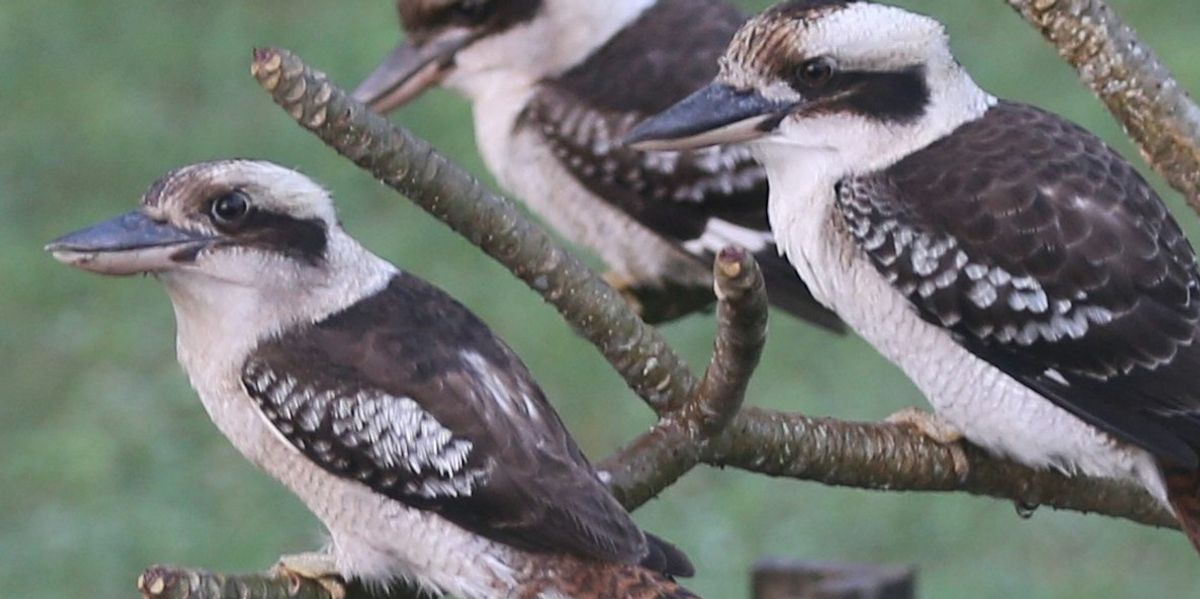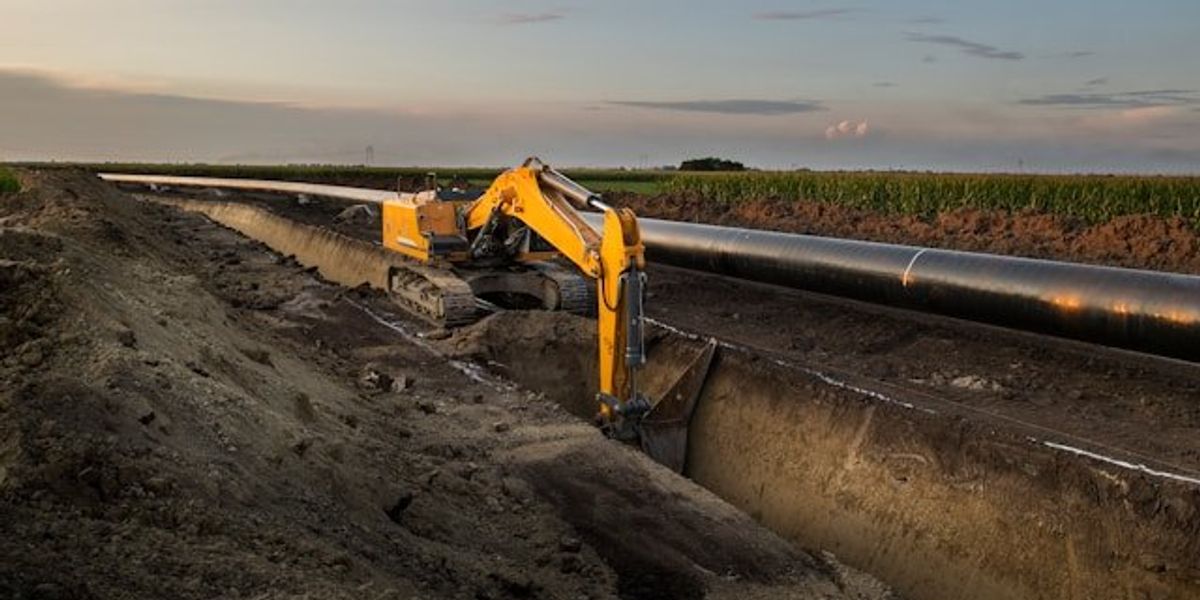
Birds don’t always match their chromosomes, study finds
New research shows that sex reversal — where a bird’s physical traits don’t match its genetic sex — occurs more often in wild Australian birds than scientists expected.
Phie Jacobs reports for Science.
In short:
- Researchers examined nearly 500 birds from five common Australian species and found 3% to 6% had mismatched sex traits, including a genetically male kookaburra that had laid an egg.
- Sex reversal can result from complex gene expression or environmental factors, suggesting that DNA tests alone may misidentify a bird’s sex.
- Understanding baseline rates of sex reversal could reveal when human-made chemicals or other stressors disrupt normal development, with potential consequences for conservation efforts.
Key quote:
“Now that we know discordance occurs, the next big question will be, what is driving this discordance in birds? Is it chemicals, is it environmental stress, or some other factor that can alter developmental trajectories?”
— Clare Holleley, environmental biologist, Commonwealth Scientific and Industrial Research Organization
Why this matters:
Sex reversal could affect population counts, breeding potential, and survival rates, making accurate sex identification crucial for conservation. More than a quirky biological footnote, it’s a window into how genes and environment interact to shape life. Sometimes it’s the genes themselves, sometimes temperature, stress, or chemicals in the environment that tip the scales. If human-driven factors like pollution are nudging birds’ development off course, a basic DNA test might miss the larger story. Tracking these baseline rates is a way to spot early warning signs that ecosystems are under stress.
Read more:













